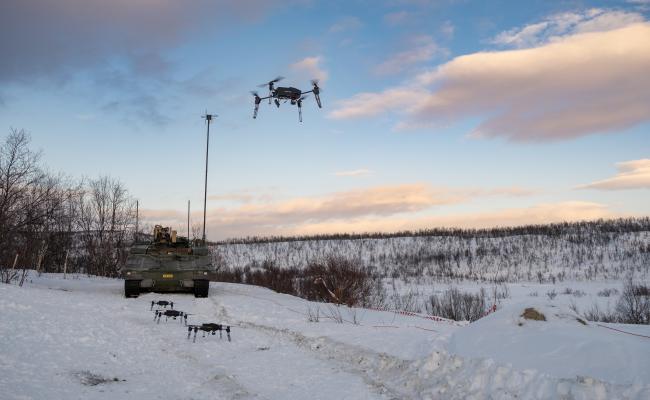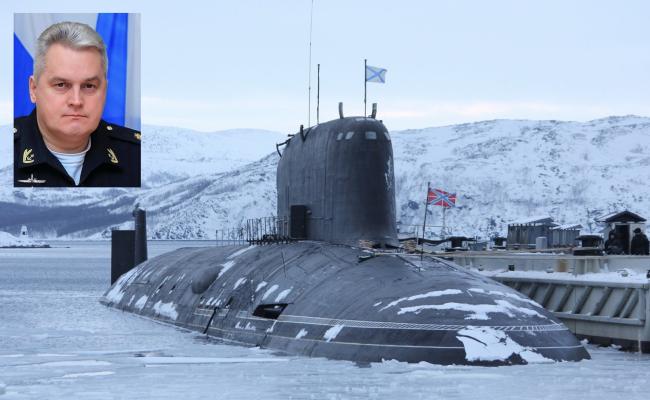USA and Norway: Will Build Satellite Station at Andøya For Early Missile Warning
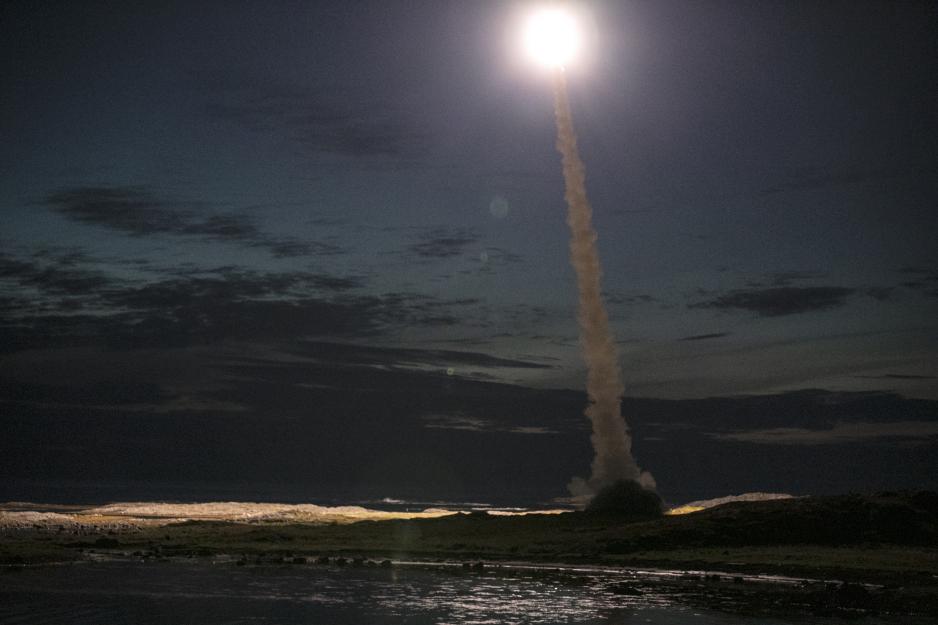
The Norwegian and US MoDs have agreed on new Arctic cooperation on American architecture for warfare in space – particularly aimed at defense against cruise missiles. The basic idea is that incoming missiles will be quickly warned against, tracked, and destroyed through a network including satellites and weapon systems. Here, American forces are training at Andøya in Northern Norway with Guided Multiple Launch Rocket System (GMLRS), a rocket system with long-range precision fire developed by Lockheed Martin. (Photo: Joseph Bush/US Army)
US-Norwegian defense cooperation is taking off, including into space. The countries want to collaborate on space-based missile defense in the Arctic – with a unique base in Andøya, Northern Norway. A key aspect is to develop capabilities for cruise missile early warning in the High North.
In February, Andøya Air Station was launched as one of several new Norwegian-American military bases in Northern Norway. This as part of an renegotiated supplementary defense cooperation agreement (SDCA) between Norway and the US, which is now under consideration in the Norwegian parliament.
Last week, the government announced plans developing Andøya into a base for long-range drones, as well as being central in developing the Armed Forces' space operations and ability for allied reception.
Now, Norway and the US report that they want to cooperate on building a temporary satellite station at the existing Andøya Air Station.
According to the Norwegian MoD, this new establishment will support space infrastructure for situational awareness and communications on command, control, and warnings.
A central aspect is early warning for Norway and NATO regarding possible incoming cruise missiles in the High North.
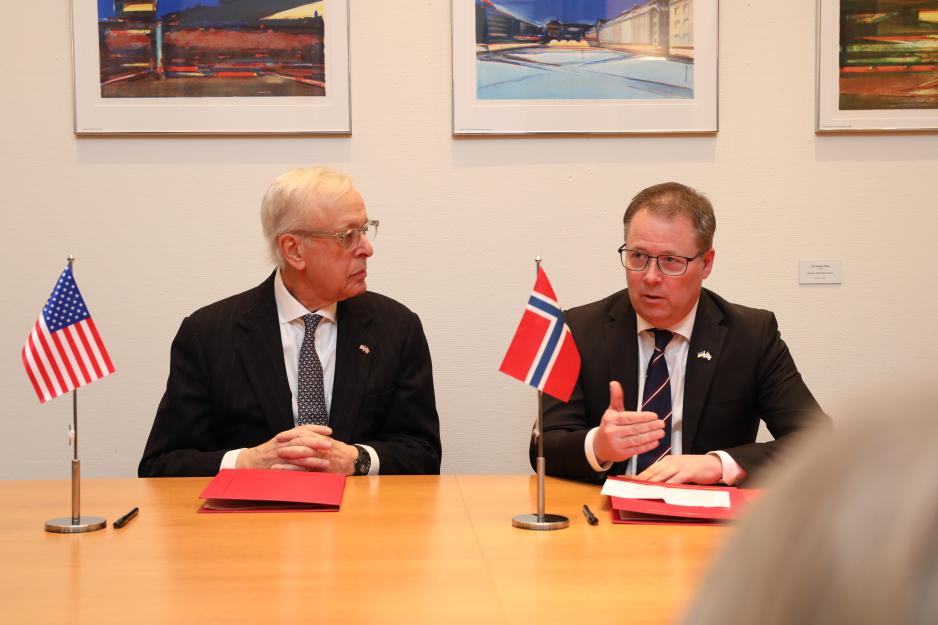
The US and Norway's joint space initiative at Andøya Air Station is taking place in the wake of the base being planned as one of eight new "agreed areas" on Norwegian territory. Here, the then US ambassador to Norway, Marc Nathanson, and Norwegian MoD Bjørn Arild Gram are signing the renegotiated bilateral defense agreement on February 2nd. This weekend, Gram will travel to the USA with a program both in Washington D.C. and at JFC Norfolk. (Photo: Asgeir Spange Brekke / the Norwegian MoD)
Expanded cooperation
"I am very pleased with the US choosing Norway as its cooperation partner for this exciting project. In the current security policy situation, we must stand together to defend all of NATO's territory," says Norwegian MoD Bjørn Arild Gram (Center).
The location of Northern Norway and Andøya is particularly suited for communication with satellites in polar orbits.
The island in Nordland county houses the well-established Andøya Space Center, with its associated rocket range and new spaceport for satellite launches.
The planned new satellite station will be the first of its kind outside the US – and it involves a significant further development of the Norwegian-American space cooperation.
An example of existing cooperation is that the Norwegian state-owned company Space Norway will launch Arctic broadband satellites into space with payloads for the US and Norway's Armed Forces. According to the adjusted schedule, the launch will take place this summer.
Key points
– In an international context, space-based solutions are becoming increasingly more important in military operations and, thereby, also in the cooperation between NATO allies and partners
– In line with the rapid development of satellite-based services, the importance of secure access to space is also increasing.
– A cruise missile can be described as a flying bomb – in the shape of a small, unmanned jet-powered aircraft equipped with a guidance system and warhead(s). Newer variants may have very advanced control systems and stealth features, making them difficult to detect.
"The establishment of the satellite station at Andøya Air Station significantly contributes to strengthening Norway's and NATO's defense ability. The cooperation is also a very good example of how bilateral cooperation between two NATO countries benefits the whole of the alliance," maintains Gram.
See a more detailed description of the American space infrastructure below.
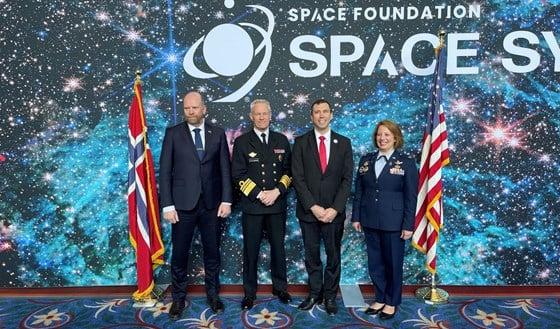
Some of the specific cooperation parties: Representatives from the Space Development Agency in the US Space Force and the Chief of the Norwegian Intelligence Service, Vice Admiral Nils Andreas Stensønes (second from the left). "The Intelligence Service must have a good and continuous ability to understand the situation and possible development in our areas of interest and for warning," states Norway's government in its proposal for a new long-term defense plan. (Photo: Cato Nordlien/the Norwegian Armed Forces)
High up on the agenda
"The government has a clear ambition for Norway to be at the forefront of allies regarding situational awareness in the North. Satellites help provide an overview of what is happening in our immediate areas, and Andøya is uniquely placed for access to outer space," MoD Gram points out.
Enhanced ability for situational awareness, particularly in northern areas, is among the highest priorities in the Norwegian government's recent proposal for a new long-term defense plan.
"The strengthening of the Norwegian Armed Forces will prioritize national capacity and ability for surveillance and situational awareness to follow and understand the development in our immediate areas – particularly in the High North," states the government and continues:
"The ability to uncover, warn against, and understand an opponent's intentions and capacity to threaten, undermine, exploit, or attack Norway is a priority."
Utilizing the potential of outer space with Andøya as the desired springboard is highlighted as central in this context. An investment in the development and acquisition of new satellites for monitoring and communication has also been announced.
The US space infrastructure
– The planned satellite station at Andøya will support the infrastructure of the US Space Force.
– This is called Proliferated Warfighter Space Architecture (PWSA). It is designed by the Space Development Agency, which is integrated in the US Space Force.
– PWSA will consist of hundreds of military satellites and supporting elements – divided into a transport layer and a layer equipped with various sensors.
– The transport layer of satellites will establish a network between the satellites with different sensors – as well as connections to command elements, weapon systems, and other sensor systems in all military domains (including land, air, sea, and cyber).
– The infrastructure is intended to increase situational awareness; command, control and tracking; and create a resilient meshwork of sensors and effectors.
– It is particularly designed for the use of long-range precision weapons and air defense against cruise missiles.
– According to the plan, the first group of satellites will be launched in 2024 – and be operational in 2025. Full operational status for PWSA is expected in 2029.
– In the High North, the US Space Force already has the Pituffik Space Base in Greenland (formerly Thule Air Station).



